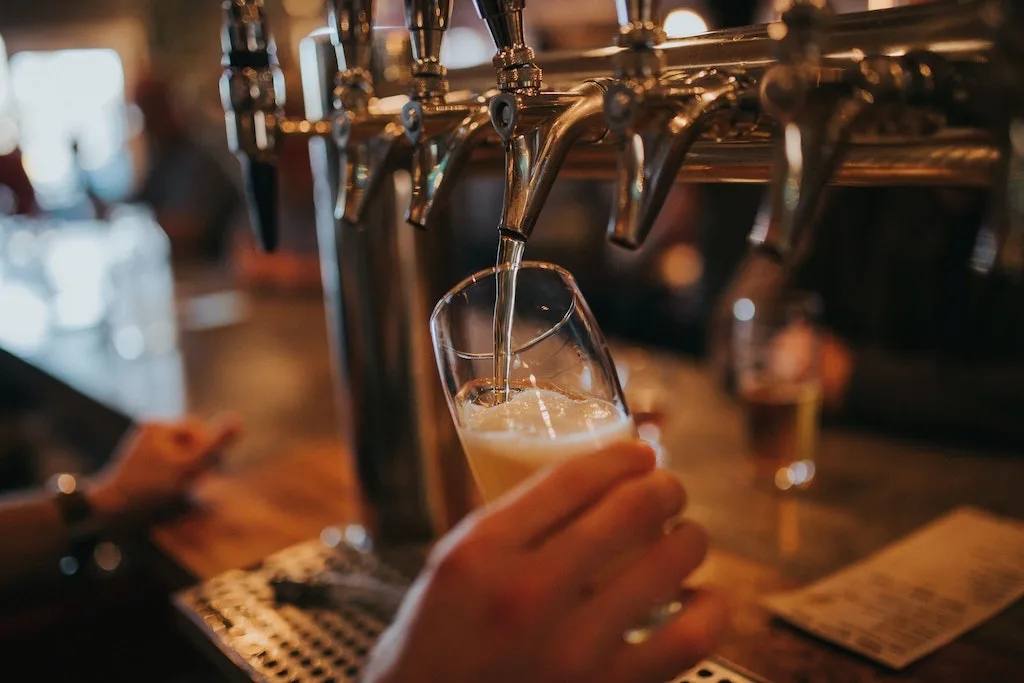
Beer used as renewable energy to power Australian water treatment plant
The Glenelg Wastewater Treatment Plant produced a record 355,200 cubic metres of biogas in May and 320,000 cubic metres in June, sufficient enough to power 1,200 houses.
When Australia's bars and restaurants were forced to close in the spring because of COVID-19, this left breweries with an overflowing stockpile of unsold beer.
Instead of pouring millions of litres of alcohol down the drain, the beer was converted into renewable energy to fuel a water treatment plant's processes.
In recent months, SA Water's Glenelg Wastewater Treatment Plant, west of Adelaide, has been combining organic industrial waste with sewage sludge to produce biogas, then converted into electricity to power the entire facility.
SEE ALSO: From beer waste to bread: How it’s made
According to a statement from SA Water, senior manager of production and treatment Lisa Hannant said beer was liquid gold for the digesters, fuelling record energy generation at the plant.
Renewable energy generation from the conversion has been boosted to 654 megawatt hours in one month.
“Our Glenelg Wastewater Treatment Plant has always been a strong performer in generating its own energy from biogas and the addition of ales and lagers took it to new heights amid the shutdown,” said Hannant.

SA Water's Glenelg Wastewater Treatment Plant, west of Adelaide, Australia, has been combining organic industrial waste with sewage sludge to produce biogas, then converted into electricity to power the entire facility. Photo: Amie Johnson/Unsplash.
Beer’s high calorie count and methane potential means it’s "perfect for co-digestion," Hannant said, noting the plant produced a record 355,200 cubic metres of biogas in May and another 320,000 cubic metres in June, enough to power 1,200 houses.
“Glenelg’s co-digestion program adds high strength, organic waste from industry to sludge from the sewage treatment process, which is heated in the oxygen-free environment of the large-sealed concrete digester tanks, so it breaks down through natural bacterial metabolic processes and releases biogas," said Hannant.
Before introducing beer into the treatment process, the digesters would normally generate enough biogas to cover about 80 per cent of the facility’s energy needs.
“Many businesses have been impacted by the restrictions in place to stop the spread of COVID-19. This is just one example of how industry has remained resilient and adapted to ensure their resources aren’t wasted, while enabling an outcome for the environment," she added.
Thumbnail courtesy of Amie Johnson/Unsplash.











